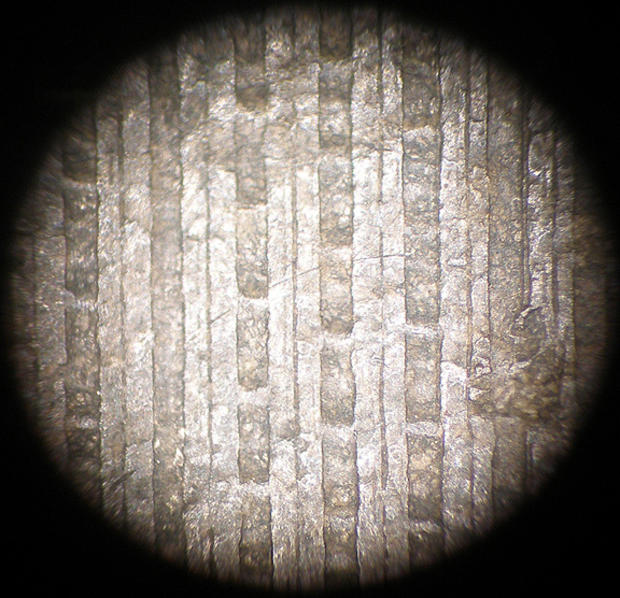123 year-old talking doll record speaks again
You can now listen to the oldest known American recording of a woman's voice that time and technology had left mute.
The recording of the first stanza from the nursery rhyme Twinkle, Twinkle, Little Star, believed to have been produced for a talking doll sold by Thomas Edison, was rediscovered in 1967.
But age had taken its toll. The ring-shaped cylinder phonograph record, which was made in 1888, was bent to the point where it no longer worked with a conventional stylus that required physical contact.
Gallery: Edison's talking doll record plays 123 years later
Listen to the talking doll recording
However, a group of scientists from Lawrence Berkeley National Laboratory used a new imaging technique to play the 12-second clip without needing to actually touch the record.
After creating a digital model of the record's surface using a three-dimensional optical scanning technology, researchers then saved the audio stored on the record as a .WAV audio file. The sound of the recording is faint and the first syllable of the first word of the recording is missing, but after more than a century, the sound of a human voice comes through.
The item was originally discovered in the desk of Edison's secretary, William H. Meadowcroft, at the Edison Laboratory in West Orange, N.J. A tag tied to the cylinder phonograph record reads: "Tin Phonograph Cylinder [...]l Record."
Edison modified his idea for talking doll records made of tin to the market when in April 1890, his substituted wax into his design rather than tin. Since no commercially viable method of duplicating sound recordings had been developed yet, Edison hired women to make as many records as he thought would be needed once his talking dolls were put on the market. Think of them as early recording artists.
The dolls, however, were never big sellers.
